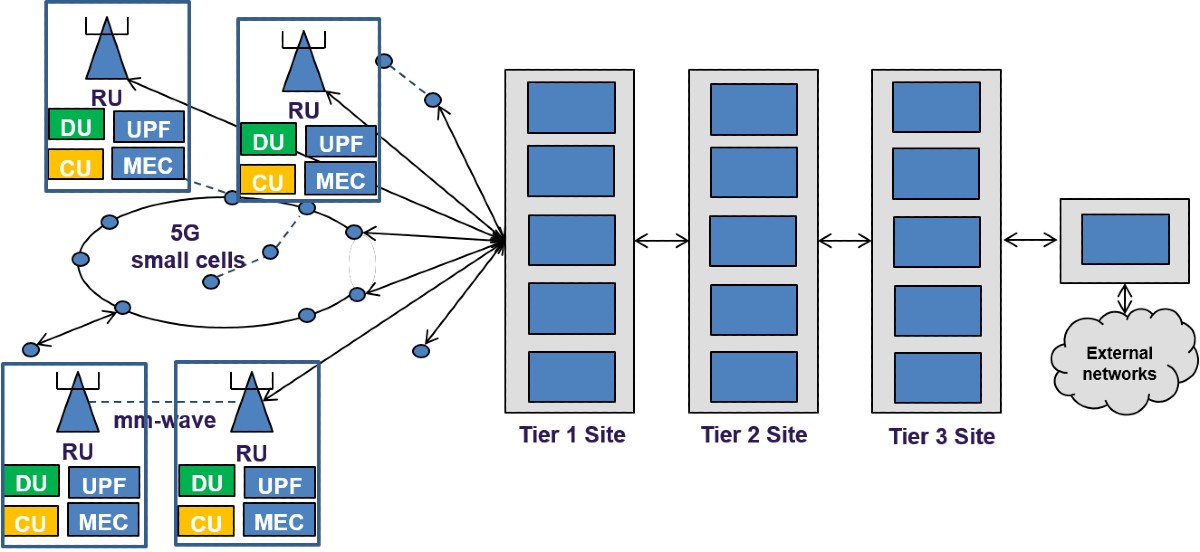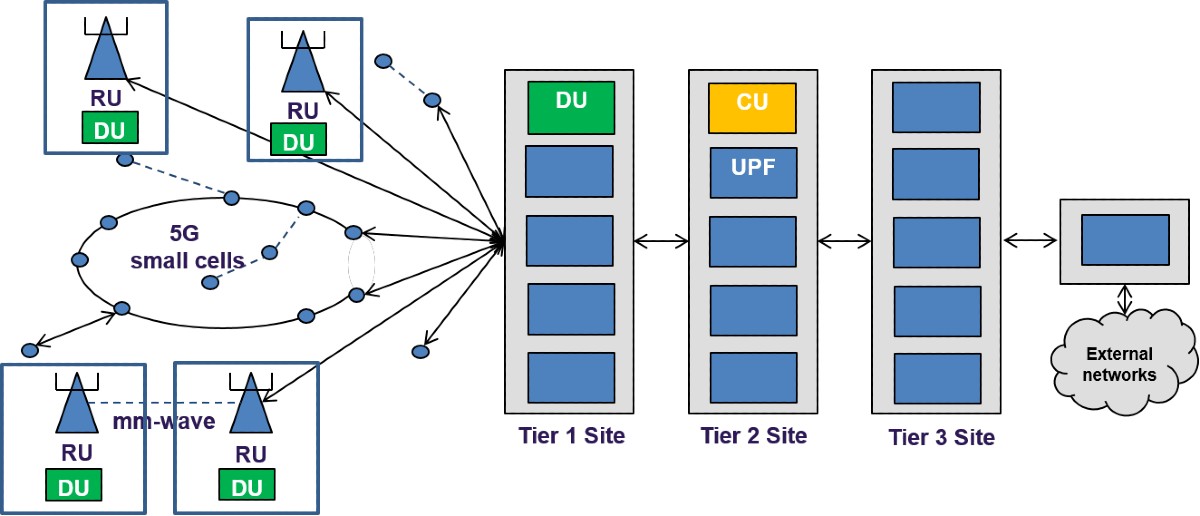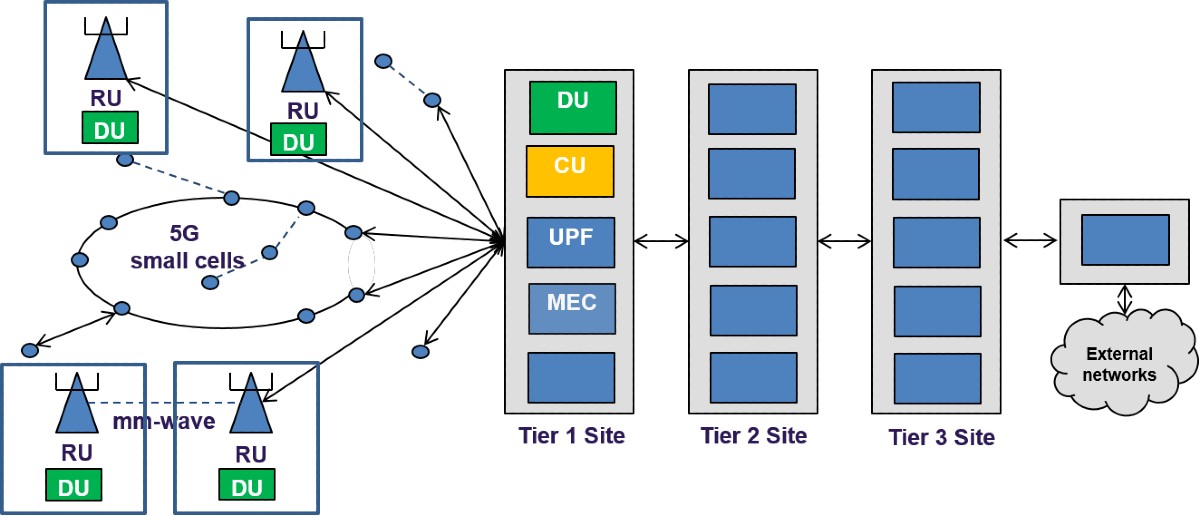Collaboration and systems integration: Maximising the potential of open and disaggregated networks
The introduction of 5G services has created an opportunity to incorporate new ways of working and drive new values.
Network Function Virtualization (NFV) is a framework for deploying services in a virtualized software world. Services that would otherwise be deployed on dedicated hardware appliances are now deployed as software on general purpose servers. NFV is a broad term, historically associated with virtualizing core networks.
Open vRAN is the NFVi equivalent in RAN and enables service providers to use software and hardware from different vendors.
These technologies are driving major investment, with ABI Research estimating that Open RAN spending will top $30 billion annually by 2030.
Opening the Network
An open and disaggregated network utilizes modular software with general-purpose hardware, which allows baseband and radio unit components from discrete suppliers to operate seamlessly together. This disaggregation of the network has multiple advantages: it widens vendor choice; it enables vendors, operators and third parties to leverage innovative services such as artificial intelligence (AI) and machine learning (ML). These innovations promise to drive efficiency, cost-saving and innovation by opening the network to automation and using the best technology available for individual tasks.
Service providers’ awareness of the benefits of Open RAN is becoming clearer. Many are already conducting tests to understand the practicalities and how to get the most out of them.
Deploying Open RAN amplifies and unlocks latent value in prior core NFVi deployments.
In the NGMN Triptych below, you can see some options how vRAN and NFVi components can be placed on general purpose HW around the network hierarchy, from radio site to data centre.

Figure 6: Example CU, DU, UPF, MEC placement for ultra-low latency (approx max. 1ms RTT) [Image Credit: NGMN Overview on 5G RAN Functional Decomposition (ngmn.org)]

Figure 7: Example CU, DU, UPF placement for low latency (approx max. 10ms RTT) [Image Credit: NGMN Overview on 5G RAN Functional Decomposition (ngmn.org)]

Figure 8: Example CU, DU, UPF, MEC placement for very-low latency (approx max. 5ms RTT) [Image Credit: NGMN Overview on 5G RAN Functional Decomposition (ngmn.org)]
Simple, yet complex
While awareness of the benefits of open networks is growing, designing them is not just a case of coding software, installing it on a rack-mounted server and then shipping it out the door. Standardized and rigorously documented protocols are essential to ensuring interoperability between units from multiple manufacturers. Having both legacy 4G architecture and multiple vendors in the network infrastructure can cause unexpected problems. Without compatibility tests, issues can occur.
Systems integrators offer a solution to the challenge of ensuring interoperability. Not only are they able to sample and test a wider range of vendor products through dedicated testing facilities, but they are able to do it at scale.
Multi-vendor interoperability tests at scale, simulate real-world strain with multiple vendors and technologies running in parallel. These are essential because they uncover problems that might otherwise be missed. This is more important in Open RAN because when problems occur operators may have products from with multiple vendors.
Remember, though, the same may apply with an integrated vendor where software, components and modules are designed by different teams — often outsourced and in different continents — then integrated and validated in-house.
Securing a disaggregated network
When it comes to security, proprietary RANs and cores have some structural disadvantages compared to open and disaggregated networks. If operators spot issues in the core network, it could be a six to 18 month process to remove it. NFV, by comparison, is a granular network — if something untrustworthy is detected it can be removed within minutes and replaced in days or weeks.
A democratized ecosystem
Perhaps paradoxically, NFV promises to simplify the network, but only for those who understand the network and best practices.
Its promise to democratize the supply of components and disaggregate software from hardware gives operators the flexibility to use the best technology for the job and prepare for future innovations like 5G and AI.
Operators can no longer be expected to maintain in-house expertise in every component of the network. By working closely with integration specialists, operators can test many more variations before introducing them to real-world strain.
Creating a more open and meritocratic network may be challenging, but it is a journey worth taking.

By Paul Rhodes, OpenRAN and 5G Principal Consultant, GSP International, WWT EMEA
To read more from #DiversifyingTelecoms Campaign Week check out our landing page here.

